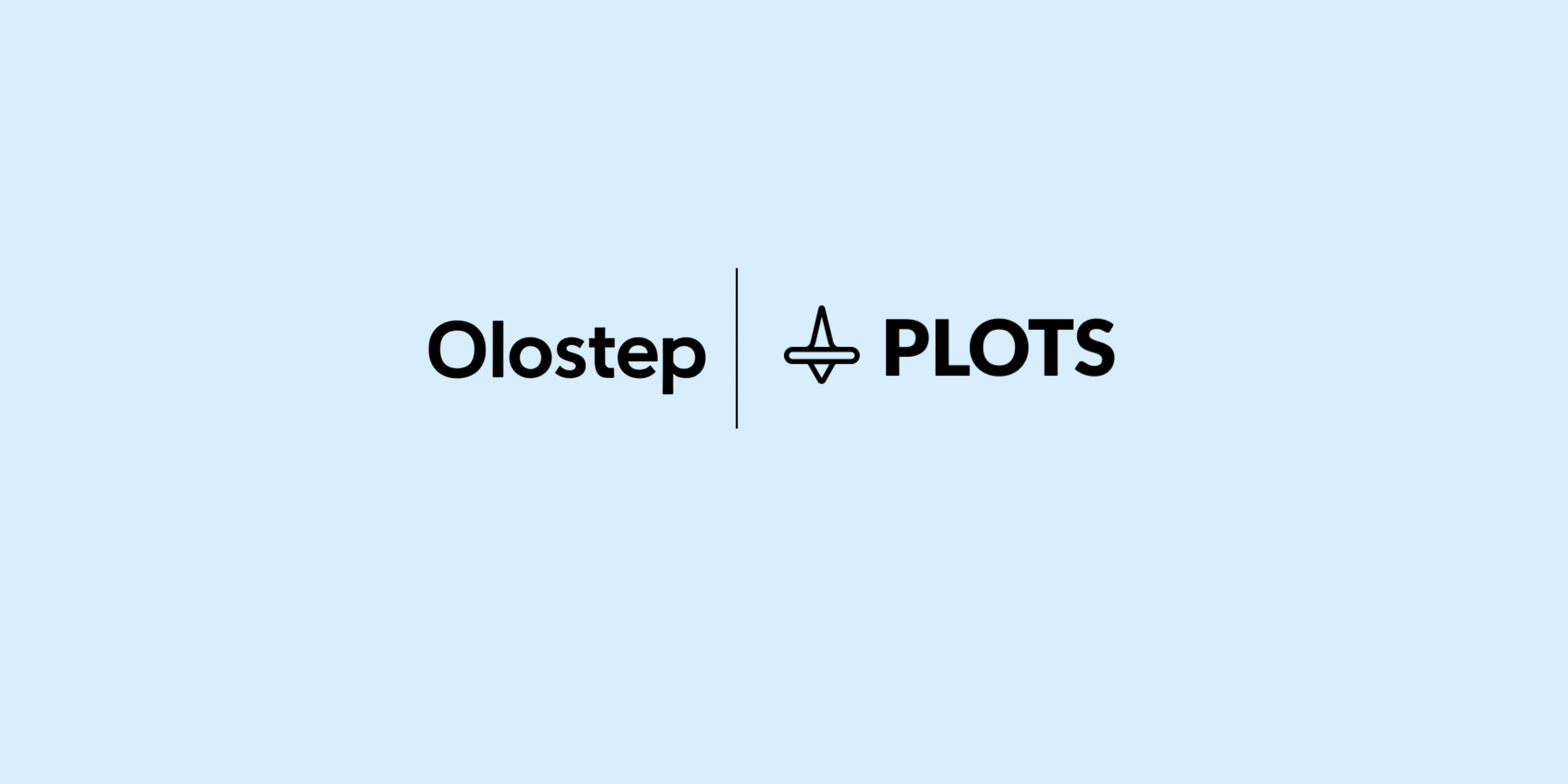Olostep × Podqi Case Study
Podqi uses Olostep to programmatically detect IP infringements across the public web—marketplaces, social platforms, and ad surfaces—and to monitor when competitors run ads against protected brand terms. With Olostep’s reliable rendering and structured extraction, Podqi turns noisy pages into enforceable evidence and prioritized actions.
“Olostep’s API helps us keep pace with a fast‑changing, adversarial surface area. We can scan more sources, classify risk with AI, and push clean, defensible evidence into our enforcement workflows in near‑real time.”
About Podqi
Podqi provides an end‑to‑end platform for brand protection—automating detection, prioritization, and takedowns so teams can recover lost revenue instead of playing defense. Their product combines:
- Adaptive intelligence to focus on the most damaging infringements first
- One‑click takedowns across a large and growing set of platforms
- Real‑time tracking, escalation workflows, and ROI reporting
Challenge
Brands face a sprawling, dynamic problem space:
- Infringing listings and profiles across marketplaces and social commerce
- Automated re‑uploads and evasive sellers that change names, images, and links
- Competitors bidding on brand terms and running look‑alike ads across regions
- The need for chain‑of‑custody evidence (HTML, screenshots, timestamps) and structured data for legal teams and CRM workflows
Manual monitoring cannot keep up with volume or evasive tactics. Podqi needed reliable, scalable web data pipelines with built‑in enrichment and policy classification.
Solution
Podqi adopted Olostep’s API to render, extract, and enrich data at scale:
- Headless rendering with resilient fetching (automatic retries, proxy rotation, CAPTCHA handling)
- Batch processing via the
/batchesendpoint for tens of thousands of URLs per job - AI enrichment via the
/answersendpoint to classify risk, detect brand keyword misuse, and structure outputs for enforcement - Versioned parsers and schema validation to keep downstream integrations stable
Integrating Olostep
Podqi integrated two core capabilities from Olostep to power detection and monitoring:
-
Marketplace and social monitoring
- Use the Batch API to queue product pages, seller profiles, short‑link redirects, and search result pages.
- Parse normalized fields (title, price, images, seller handle, country, links) and store HTML + Markdown for evidence.
- De‑duplicate and cluster by seller, asset, and creative to flag repeat offenders.
-
Ad and brand‑term monitoring
- Crawl ad transparency pages, ad libraries, and paid search surfaces on a schedule using
/batches. - Call the Answers API with a policy prompt to determine: “Is this ad using our brand term?”, “Is it likely confusing or deceptive?”, “What is the estimated revenue impact?”
- Emit a structured JSON record with risk score, entities involved (brand, competitor, seller), and recommended next action.
- Crawl ad transparency pages, ad libraries, and paid search surfaces on a schedule using
Key implementation details:
- Scheduled
/batchesjobs with geo routing to capture region‑specific ads and listings - Webhooks + S3 export for evidence bundles (HTML, screenshots, normalized JSON)
- Policy prompts in
/answersthat output both a prose rationale and a machine‑readable decision object
Results
- Faster detection: high‑risk infringements identified within hours rather than days
- Better evidence: defensible HTML and screenshots attached to every case
- Actionable scoring: AI‑generated risk and ROI estimates route cases automatically
- Lower ops cost: fewer brittle scrapers, more stable pipelines, higher coverage
With Olostep, Podqi scales brand protection from reactive takedowns to proactive, revenue‑driven enforcement—catching more infringements and surfacing competitor ad activity before it harms the brand.
Ready to Get Started?
Test Olostep with 500 free credits, no credit card required.
References:
- Podqi — Brand protection platform
- Olostep — Web Data API for AI
- Olostep Docs: Batch API
- Olostep Docs: Answers API
Frequently Asked Questions
How do you automate IP infringement detection on marketplaces?
Automate IP infringement detection by scraping marketplace listings, product pages, and seller profiles at scale, then using AI to classify violations. Olostep's Batch API processes thousands of URLs in parallel, extracting structured data like title, images, price, and seller info. The Answers API can then analyze each listing against brand guidelines, detect trademark misuse, and generate risk scores—providing defensible evidence for takedown requests.
What tools help with brand protection on ecommerce platforms?
Brand protection tools should provide large-scale web scraping, structured data extraction, and AI-powered violation detection. Olostep offers Batch processing to scrape marketplace listings across Amazon, eBay, and social commerce platforms, plus the Answers API to classify infringements, detect counterfeit signals, and prioritize high-risk cases. This combination automates monitoring and provides chain-of-custody evidence for enforcement.
How can I monitor competitor ads that use my brand terms?
Monitor competitor ads using your brand terms by scraping ad transparency pages, ad libraries, and paid search results on a schedule. Use Olostep's Batch API to crawl ad platforms and extract creative assets, targeting keywords, and advertiser info. The Answers API can analyze each ad with a brand policy prompt to determine if it's confusing, deceptive, or dilutive—generating structured violation reports with recommended actions.
What's the best way to scrape marketplace listings at scale?
Scrape marketplace listings at scale using a batch processing API that handles JavaScript rendering, bot defenses, and proxy rotation. Olostep's Batch endpoint processes tens of thousands of product URLs in parallel, returning structured JSON with normalized fields. For brand protection, this means you can monitor entire categories or seller inventories continuously, detecting new infringements as they appear.
How do you build a brand protection monitoring system?
Build a brand protection monitoring system by combining scheduled web scraping with AI-powered violation classification. Use Olostep's Batch API to scrape marketplaces, social platforms, and ad surfaces on a schedule, extracting structured listing data. Then use the Answers API to classify each listing: Is it authentic? Does it violate trademarks? What's the revenue risk? The API returns both evidence (HTML, screenshots) and structured decisions for your enforcement workflow.



